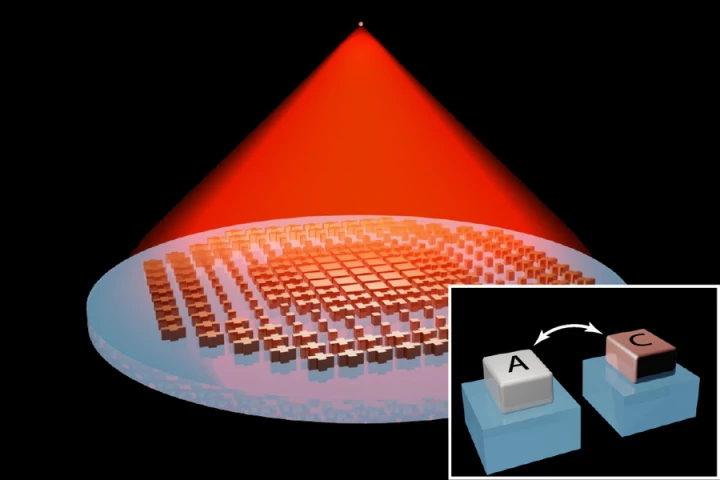Phase change material
-
Incorporating a phase-change material into concrete, this self-heating material can melt snow and ice for up to 10 hours without any help. The novel product could reduce the need for plowing and salting and help preserve the integrity of road surfaces.
-
Researchers have created a new class of robots that can shift between solid and liquid forms on demand. In a series of tests, these new bots could change shape to run obstacle courses, carry objects, or even escape from a jail cell like a Terminator.
-
Seeking a passive way to keep buildings cool in hot weather and warmer in the colder months, researchers have developed a new electrochromic shape-shifting material. It switches from solid to liquid and from clear to opaque at set temperatures.
-
Heating and cooling systems are among the biggest guzzlers of energy. Berkeley Lab has now developed a new technology that heats and cools by switching a material between solid and liquid states, inducing a large temperature change from a small voltage.
-
Gases used as refrigerants in cooling systems can leak into the atmosphere and become major contributors to climate change. Now engineers at Harvard have demonstrated a new prototype cooling device that uses a solid-state material as a refrigerant.
-
Researchers at EPFL have discovered a material that seems to be able to “remember” all of its past encounters with stimuli, such as electrical currents. The compound could come in handy for better data storage and processing.
-
Researchers at the University of Texas at Austin have developed a strange new nanocrystal material that switches between gel and liquid states in response to temperature or other triggers. It could be used to make light filters or thermal camouflage.
-
Researchers at Oxford have developed a new smart window coating that can be tuned on the fly to emit or reflect heat from the Sun in different amounts, reducing the energy costs of heating and cooling by up to a third.
-
There are many parts of the world that lack infrastructure, but that get a lot of sunlight ... which makes buildings hot. A new system could help, as it uses a combination of sunlight and salt water – but no electricity – to produce a cooling effect.
-
Heating and cooling systems are some of the biggest energy guzzlers, but passive temperature control could reduce emissions. Phase-change materials show promise for this, and now engineers have developed a new PCM composite that can be 3D printed.
-
If you want to gather oceanographic data over long distances, an "underwater glider" is often the best way to go. A novel system from California-based company Seatrec should soon power such vehicles, utilizing the temperature gradient of ocean water.
-
Researchers have modified the material used in re-writable CDs to create a new optical lens that shifts its focal point in response to heat, with no moving parts. It could enable miniature zoom lenses for drones, cellphones, or night vision goggles.
Load More











